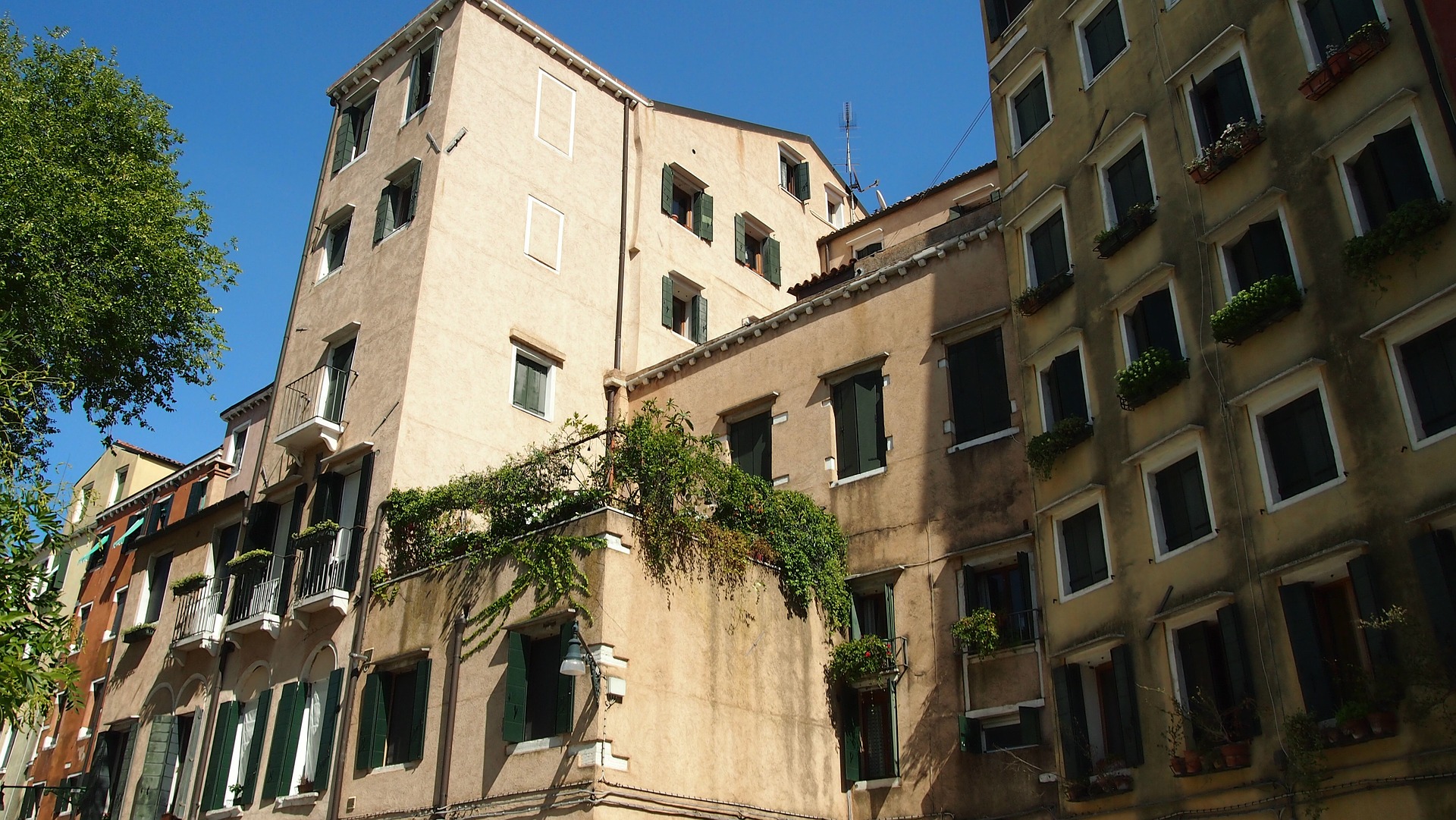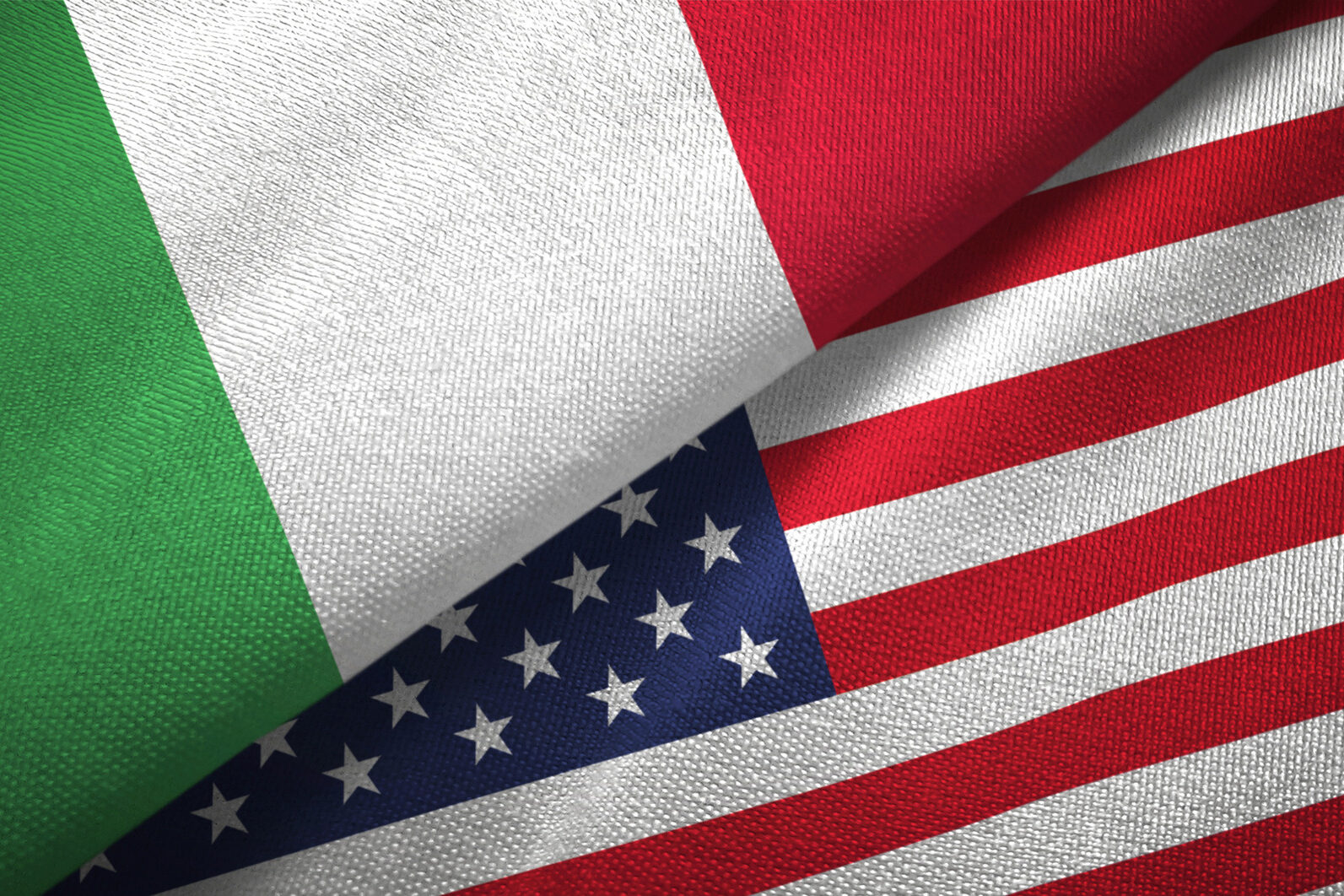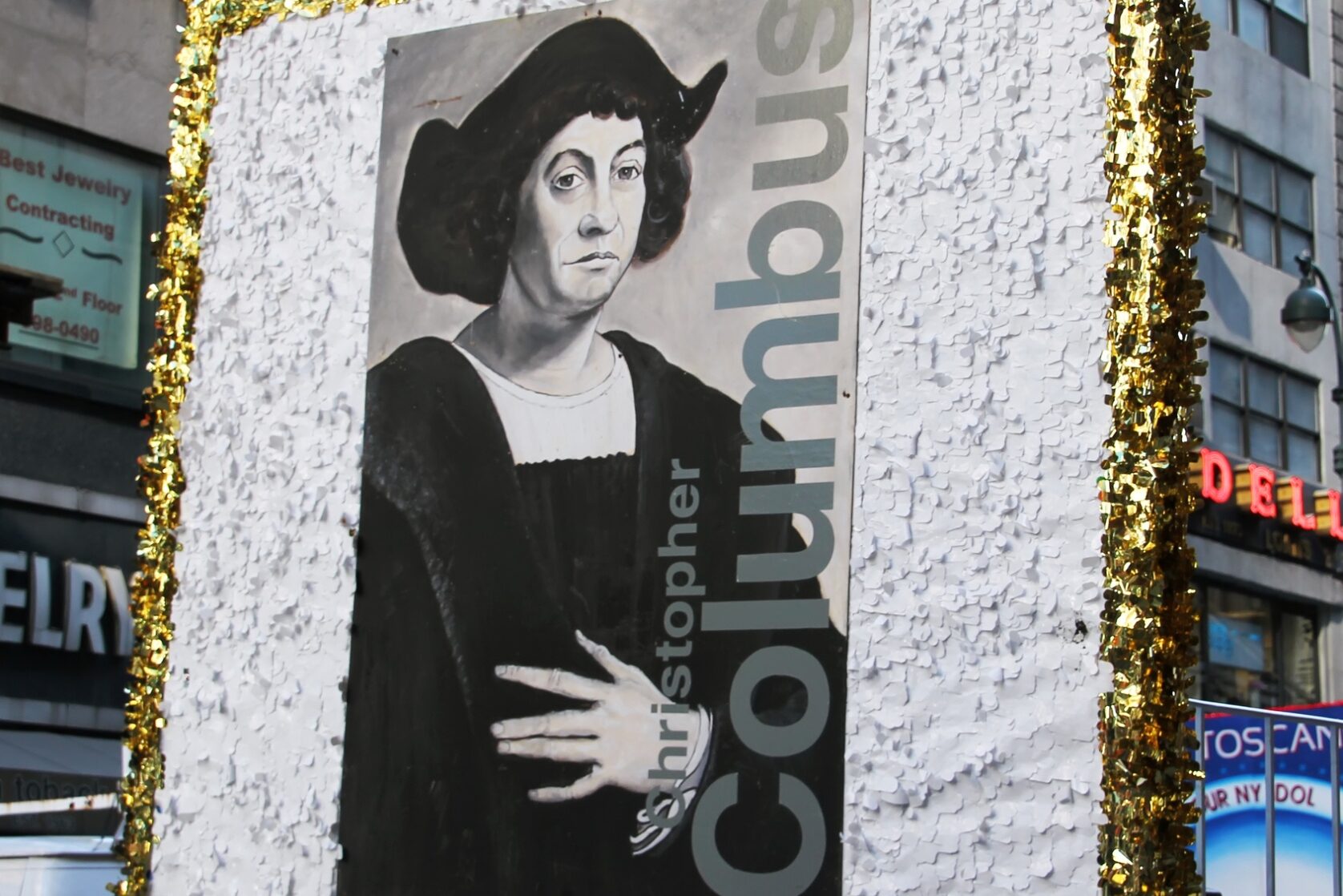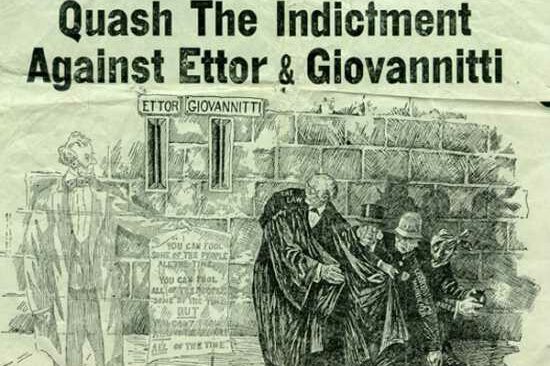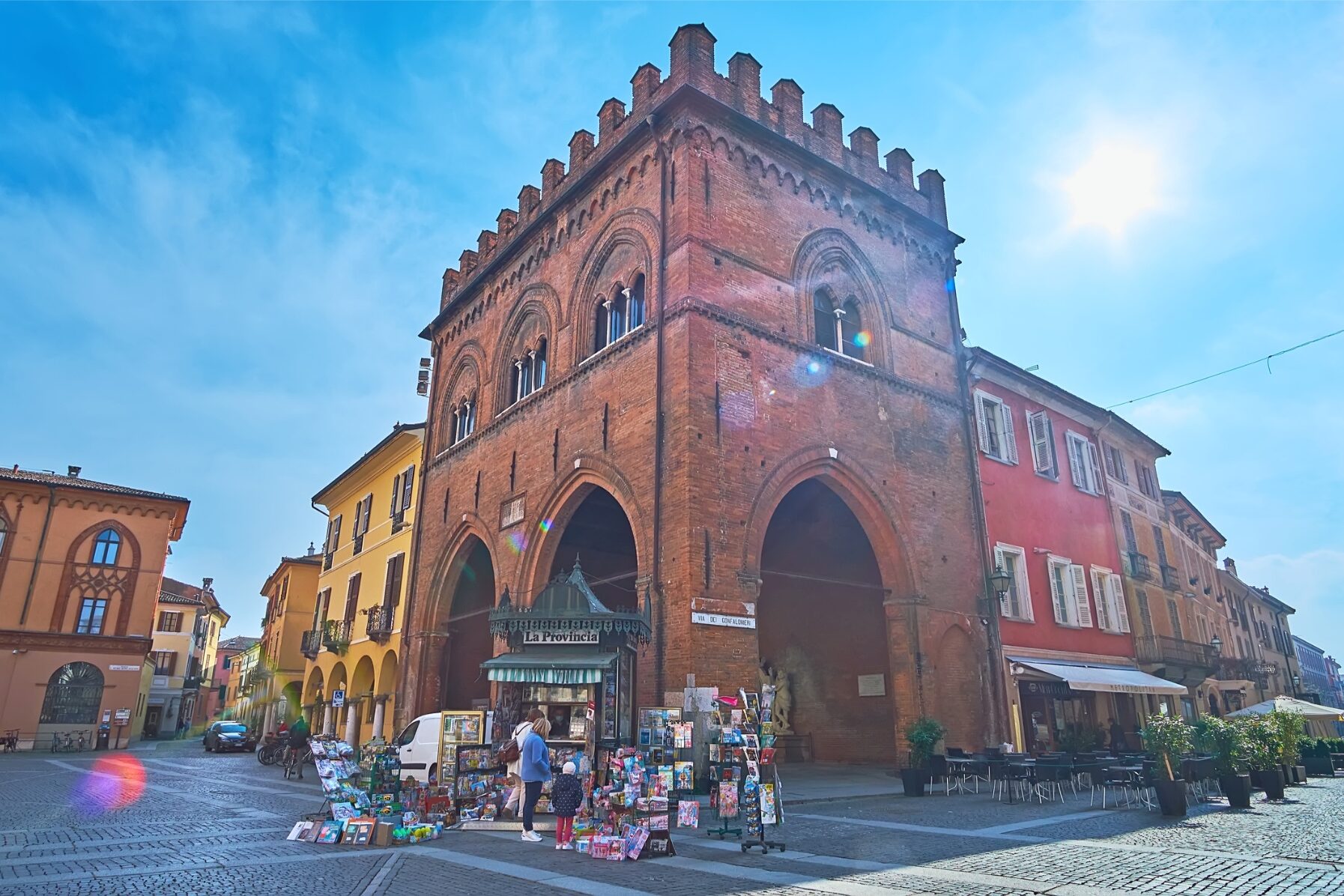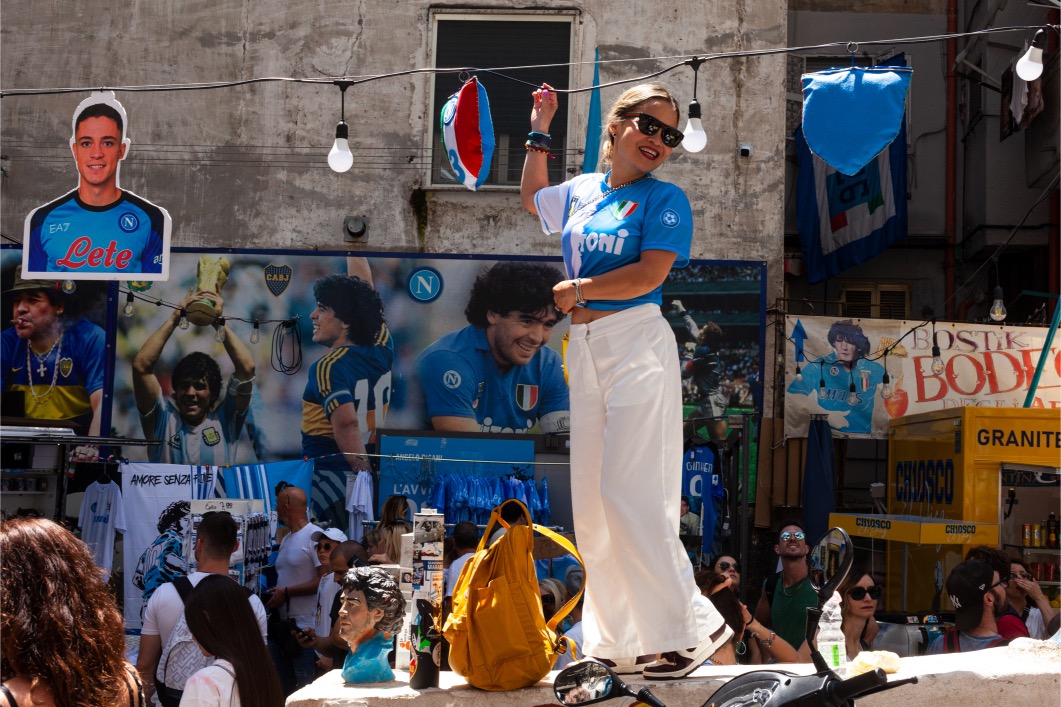Dear Readers,
An April assortment of Italian connections for you:
A “ghetto” in the U.S.A. is usually a section of a city that is thickly populated by people on the lower end of the economic scale, in less desirable parts of town, known as slums.
In former times, in most European countries it is where all Jews were required to live. It was in April of 1516 that the first ghetto in the world, a compulsory segregated enclave for Jews, was decreed in Venice. It endured for 281 years, with the fall of the Venetian Republic itself in 1797. In fact, the word “ghetto” is Venetian in origin. The Venetian verb “to cast” is “gettare” which designated the area in the city where twenty-four foundries, abandoned since the thirteenth century, had been casting artillery. They called the area “Il geto” and finally “il ghetto”. I think that since in many southern Italian dialects “gettare” means throw out, the Venetian use of the word “gettare” may have been intended to reflect a double meaning.
Although ended in 1797 in Venice, the ghetto was regenerated by Nazi Germany’s ghettoes during the Second World War. The difference being that unlike the Venetian ghetto which assigned the Jews a clearly defined presence in Christian society, the Nazi ghettoes were a stage on the road of annihilation.
In the original ghetto of Venice, on April 15, 1516, 700 Italian and German Jews entered the Ghetto Nuovo. They were joined 25 years later by Jews from the Levant who were granted the adjoining area, known as the Ghetto Vecchio. This concession by the Republic was due to the fact that the Levantine Jews were importers of goods when Venice was displaced by trade routes to a new hemisphere.
In time the Ghetto Vecchio embraced arrivals from every quarter of the Jewish world, including Spanish and Portuguese Jews exiled by the Inquisition in both countries. The population reached its apex in the mid-1500s when 5,000 inhabitants cramped into tall residential buildings in Venice. Three dominant ethnic groups – German, Italian and Spanish – created a community as “rich and fascinating as the Serenissima itself”. Serenissima is another name for Venice, the “Serene Republic”.
The Jews never succeeded in shaking off the conditional status of the settlement and heavy taxation. The tolerance of the Jews was never a disinterested one, its raison d’etre was economic.
The Ghetto dwellers earned their living in a variety of ways: The German loaned banks and pawn shops, the Levantine were importers, others engaged in Strazzaria (rags), second-hand clothes, and discarded splendors of Venetian palaces. Over the years the Jews became craftsmen of wood carving, spinners of brocades, silversmiths, and doctors trained at the University of Padua before their inclusion in the ghetto. These are professions we generally associate with the Jewish people.
The year 1797 would mark the end of the thousand year old Republic of Venice and its ghetto. Under the hammering blows of Napoleon’s invading army, in the name of liberty, equality and fraternity, Venice surrendered May 12. One of Napoleon’s first orders was the dismantling of the symbolic ghetto’s gates and proclaimed in these words, the opposite of those declared 281 years before: “In order that there be no visual appearance of a separation between them and the other citizens, let the gates be expeditiously removed”. They were demolished amidst the “inexpressible joy” of the 1,600 surviving Jewish citizens and their Christian neighbors.
The historical reality of the ghetto in Venice is a positive one: Jewish survival.
The “ghetto” was at first viewed as a prison but finally it offered protection of a kind unknown elsewhere and as obstacle to assimilation it preserved the distinctive culture of the Jewish people.
Lucca, a province in “la regione Toscana” of Italy, was the birthplace of St. Zita, the patroness of domestic workers, and her Feast Day is April 27th.
St. Zita was born into a poor but devout family. At the age of 12, Zita became a housekeeper for a rich weaver in Lucca, Italy. While performing her household duties perfectly, she still managed to find the time to pray, attend Mass and perform many charitable activities. Her motto was “A servant is not Gradually, her employers gave her free reign over her working schedule and charitable activities. Word spread rapidly in Lucca of her good deeds and of her heavenly visions. At her death in 1278 she was acclaimed a saint.
Franklin D. Roosevelt, the 32nd President of the United States, died on April 12, 1945. He had served from 1933 until almost the end of World War II.
Benito Mussolini, the Dictator of Italy from 1925 till almost the end of World War II, did not die of natural causes, but was executed by the partisans on April 28, 1945.
Adolf Hitler, the dictator of Germany from 1934 till almost the end of WWII died on April 30, 1945, by his own hand.
Libya began issuing its first stamps as an independent nation in 1951, however in 1869, the Italians were asked to organize the first regular postal service in Libya. Throughout the late 19th and early 20th centuries, Libya’s mail was in the hands of the Italians, even though Libya was under Turkish control. After the Italy-Turkish War in 1911, the Italians drove the Turks from Libya and claimed it as a colony.
The first Italian-produced Libyan stamps appeared in 1911-12 and were used in the colony until 1921. The last Italian Libya stamp was printed in 1942, but never issued. By the end of World War II, Libya was no longer an Italian colony.
Padre Pio became a Saint in 2002. It was said that Padre Pio could read minds and that he often would remind sinners of some big time sin they failed to confess. The Church teaches that if we die with one or more unrepentant mortal sins on our soul, we will go to Hell. Many people today do not believe in hell. Such a heretic once said to Saint Padre Pio: “Padre Pio, I don’t believe in hell.” Pio replied: “You will when you get there!”…
Vince Camuto, the footwear mogul who co-founded Nine West and other brands, died earlier this year at age 78. In 1978, the native New Yorker co-founded Nine West, a brand that promised style at a reasonable price. His shoes meant different things to different women: a first pair of heels, a splashy set of going-out sandals, a sturdy shoe for the office, a gateway drug to Carrie Bradshaw levels of shoe addiction.
Nine West grew fast, going public in 1993 and selling for $900 million in 1999. When Camuto’s two-year noncompete deal ended, he and his wife Louise launched the Camuto Group, selling shoes under their own names as well as licensing designs for the likes of BCBG Max Azria, Banana Republic, Jessica Simpson and Tory Burch…
